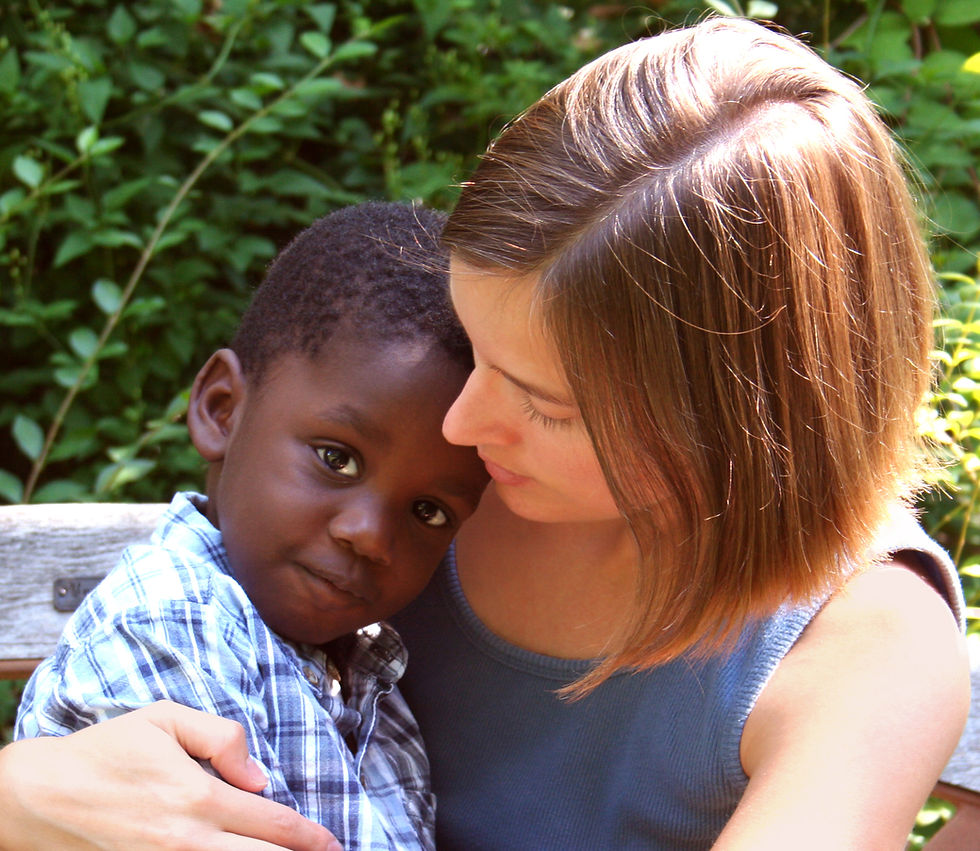Fetal Alcohol Spectrum Disorders: Important Information for Parents, part 1
- Dr. Mark Andrews

- May 30
- 2 min read
Updated: Jun 9

Back in July of 2023, I wrote
a blog entitled “Raising Children with Fetal Alcohol Syndrome.” Since that time, we continued to be made aware of important research on Fetal Alcohol Spectrum Disorders (FASD), which experts in this area now say is likely affecting as many as 80 percent of children in U.S. foster care. In my previous blog, I shared how FASD has shown itself in epidemic proportions in children adopted from Russia and former Soviet block countries. That epidemic is now showing itself right here among foster and adopted children born in the United States. In this, along with the two blogs to follow, I want to share not only current research, but also helpful information for foster and adoptive parents whose’ children are diagnosed with FASD.
Traditionally, it’s been thought that in order to be diagnosed with FASD, a child had to have the physical markers of fetal alcohol, which include a very thin upper lip, a smooth ridge between the nose and upper lip, small eyes, and a small head, among others. However, this is not true. Only 8 to 10 percent of children with FASD have these physical manifestations. Many pediatricians have also steered away from considering FASD in a child because they don't notice these observable traits. Thus, FASD has been called an “invisible disability” because physical signs are seldom evident.
Fetal Alcohol Spectrum Disorders are now divided into four “sub-Spectrums:”
1. FAS: Fetal Alcohol Syndrome (which is the most serious and involved)
2. pFAS: partial Fetal Alcohol Syndrome
3. ARND: Alcohol-Related Neurobehavioral Disorder
4. ND-PAE: Neurobehavioral Disorder Associated with Prenatal Exposure
For sake of time and simplicity, I won’t take the time to break down all of the characteristics of all four sub-spectrums, but here is a list of some of the basic symptoms of the FASD Spectrum:
Difficulty with Sensory Processing, language, communication, cognitive processing, learning, memory, abstract thinking, and executive functioning (which involves
cause; effect and critical thinking, planning ahead, being proactive, etc.)
Now, you may be thinking, “Yes, but don’t most all foster children have most of these challenges?” Yes, this may be true, but as you follow along in this series of blogs, we
will break things down even further as they apply to kids with FASD. In the meantime, adoptive and foster Dads and Moms, I know that you are looking for direction, not
just research! And we will get to that, I promise. So, as we explore this introductory information, I want to share with you a great resource. Her name is Barb Clark, and
she is a nationally-recognized expert in FASD. As a matter of fact, Barb was recently diagnosed as an adult with FASD, and she also has two adult adopted daughters
with severe Fetal Alcohol Syndrome. Barb is the Director of Training at a wonderful organization called Families Rising. You can connect with her at
wearefamiliesrising.org/about-families-rising/staff. I’ve talked with Barb personally,
and she is a down-to-earth, transparent person with a wealth of “lived experience” about FASD.
More information and more resources to come in my next blog!





Comments